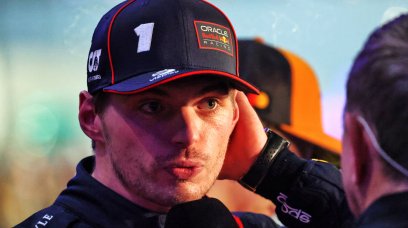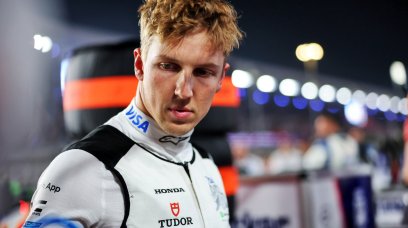Since the Red Bull RB19 took to the track for the first time in the Bahrain preseason test, it has constantly been under special observation by rival technicians to try to understand/discover its secrets. The most striking feature of this single-seater concerns its dynamics and aerodynamics, which are intrinsically interconnected. From the outside, a very obvious trait appears to be the perfect balance of the car and an almost total absence of pitching, i.e. the oscillations caused by the longitudinal transfers of mass and aero load. Here we have repeatedly highlighted how one of the peculiar elements of the RB19 lies in the geometry of the front suspension and more specifically in its accentuated anti-dive characteristic (anti-sinking) thanks to the high inclination of the upper wishbone. This factor is certainly decisive for significantly reducing nose sinking when braking, but in itself it cannot justify the car's set-up precision, which is practically always flat in all conditions. Below: RB19 front suspension detail - The inset shows the position of the pick up points of the upper wishbone of the front suspension, placed at very different heights, resulting in a strong inclination of the wishbone which increases the 'anti-dive' effect.
Compared to other cars, the concept behind the suspension of the RB19 is characterised more by the search for a reduction in the vertical and longitudinal movements of the floor with respect to the ground in order to optimise the lower aerodynamics of the car. Obviously this is the goal that in theory all the designers have set themselves, but the difference in the result obtained by Red Bull compared to its opponents is tangible. Is there therefore a particular secret that only Adrian Newey and his collaborators have managed to implement? In a certain sense yes, but in reality it is only and exclusively a matter of careful planning of the main parameters of the car's dynamics. To better clarify the concept, let's go into the detail of how the suspension design is carried out on any car (not just in F1). Among the elements that are taken into consideration, given the ride height at which the car is to be placed, two very important factors are; the position of the 'roll centre', the centre point around which the car will lean sideways in cornering, in a more or less accentuated way, and the 'pitch centre', the position of which determines how much the car will lean longitudinally forward when braking or lean on the rear axle when accelerating.
The position of the pitch centre with respect to the car's centre of gravity determines its dynamic behaviour. The pitch centre in the project is obtained graphically, after having identified the upper and lower attachment points to the upright, joining those of the upper wishbone to each other, and extending the straight line which unites them towards the rear. We proceed in the same way with the lower attachment points. The point where the two lines meet is exactly the pitch centre. To determine it in the design phase, you must first know other elements, such as the centre of gravity (centre of mass) and the hypothetical ride height at which you want the car to travel. This is because to determine exactly the desired pitch centre location, a vertical line is drawn crossing the straight line passing through the centre of gravity of the car and tangent below the front wheel. At this point (even at the reading level!), it is correct to explain what happens depending on where the pitch centre falls. Basically, the closer it is to the point where the vertical line meets the straight line joining the centre of gravity to the front wheel, the more longitudinal oscillations of the car will be reduced or almost absent. Basically, by determining the pitch centre correctly, you can be certain that the single-seater will maintain a flat set-up as much as possible, varying the dynamic ride heights only minimally.
A natural question for most will be; why was this feature considered a priority by Red Bull (and by Aston Martin) and not by the other teams? The answer is that this is not the truth, since the determination of this factor, as described, is linked to several elements and, above all, to the car's centre of gravity. It’s longitudinal position is influenced by the wheelbase (distance between the front and rear axles) which, on current cars, is limited to 3600mm. Some designers have exploited the maximum length allowed for aerodynamic and mechanical packaging reasons. Others, including Red Bull, have adopted a slightly shorter wheelbase. These choices, moreover, are the result of the relative position of both the front and rear axles, and produce a series of different results in terms of the exact position of the centre of mass. In short, it would not be at all justified to define the Red Bull technicians as "geniuses" and the other "fools", (as expressed years ago, in a famous team radio, Alonso), but it appears evident how much an integrated design of the single-seater, in terms of vehicle dynamics, then transfers significantly to the effectiveness of its aerodynamic concept. In practice, the overall vision of the car wins, in this case over the extreme fragmentation of current F1 projects.
Most read







